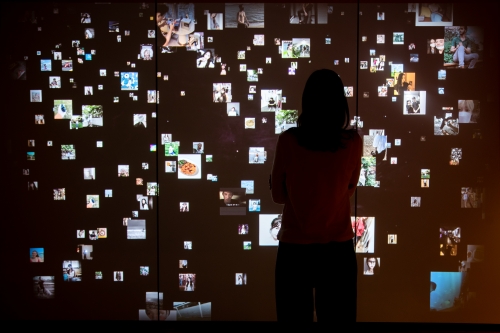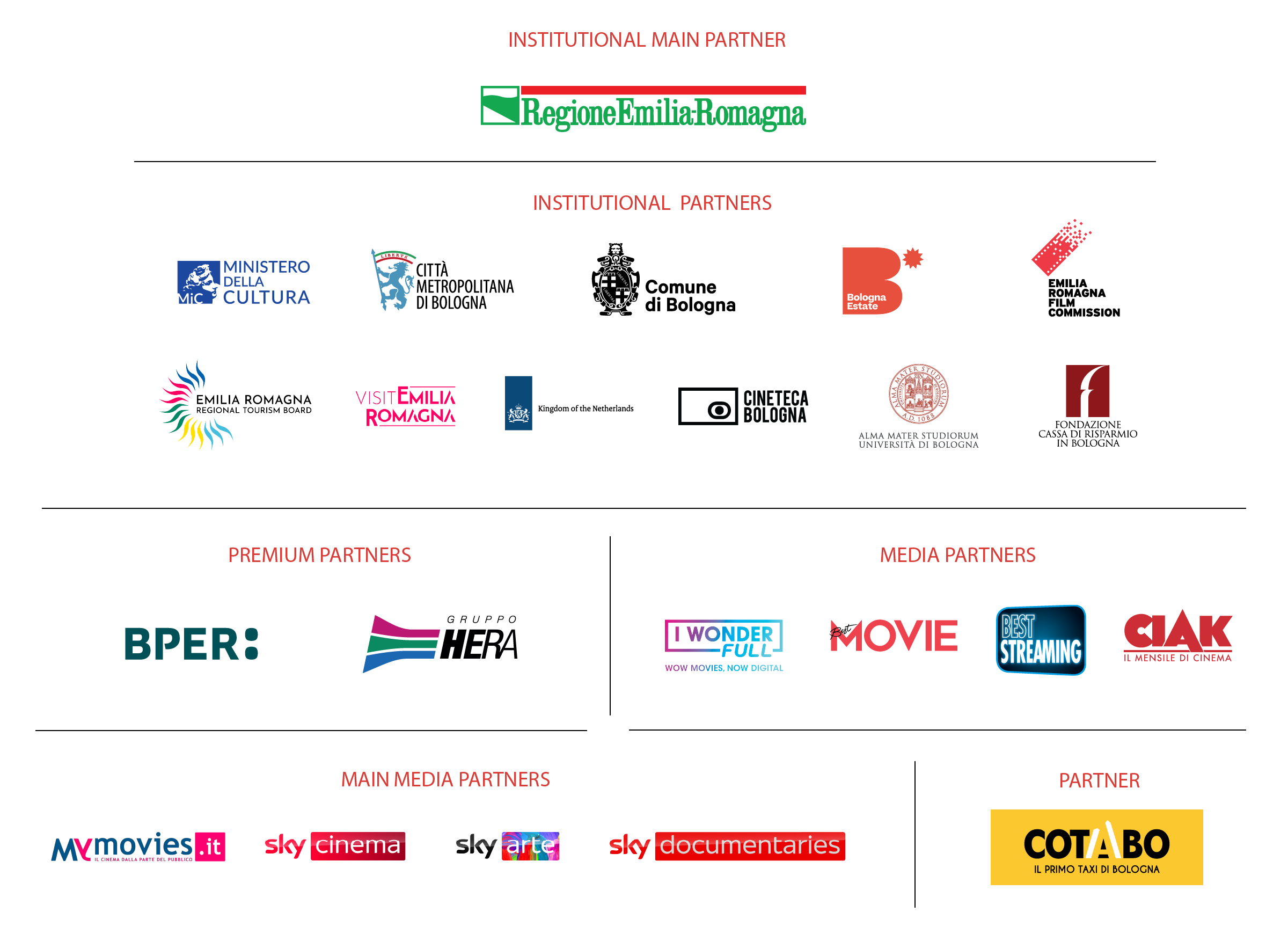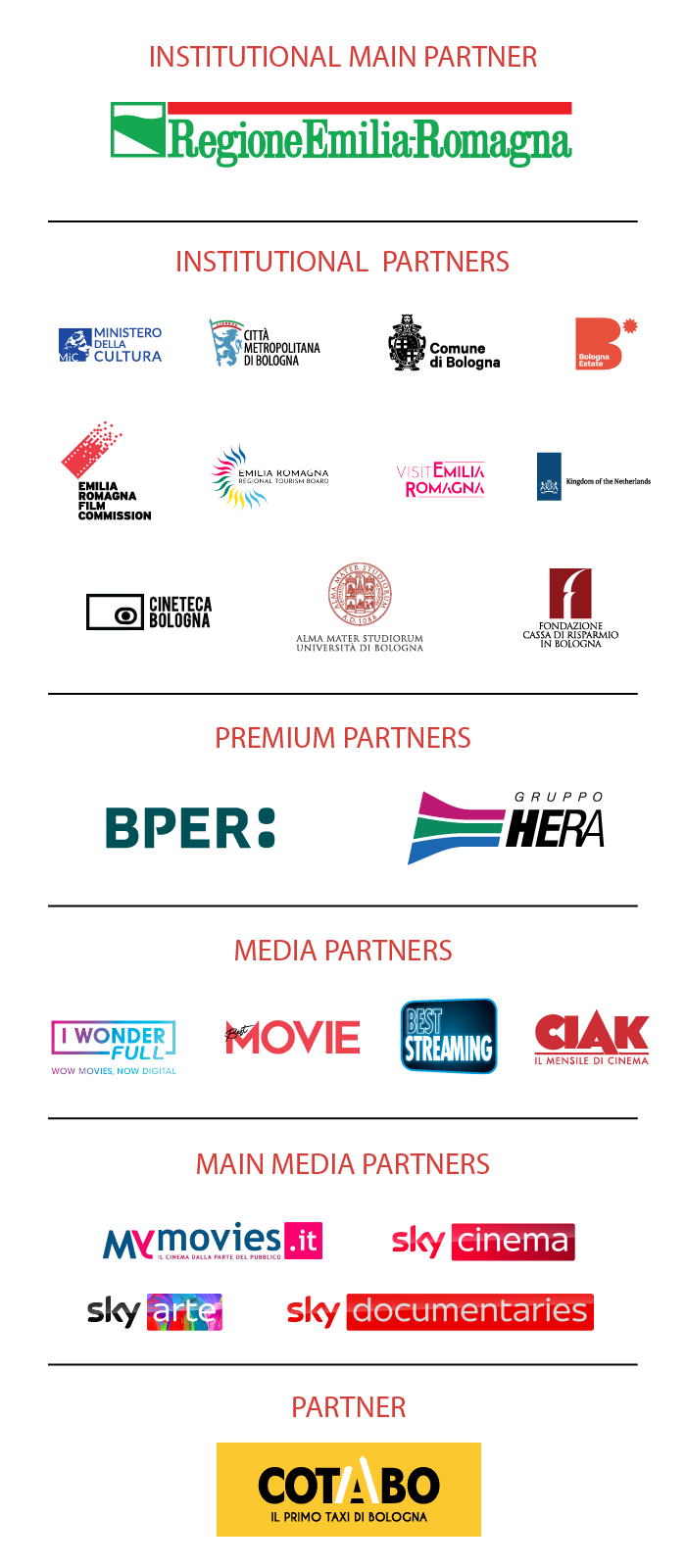Innovating image education with 21st century methods and technologies
GenerAction is a national educational project implemented in 2023 as part of the Cinema and Images for School Plan promoted by MIM and Mic.
Conceived and promoted by Fondazione Modena Arti Visive (FMAV) and Wonderful Education (WE) with Biografilm Festival, PLIN-Projects for Learning Innovation, IIS Venturi of Modena and ITET Einaudi of Bassano del Grappa.
The project promotes renewed audiovisual and image education, enhancing the skills of at least 120 teachers and 400 first- and second-cycle students from 5 Italian regions in media awareness, media analysis, visual & art literacy, digital and audiovisual content production, and stimulating content production by students through the application of innovative teaching methodologies and digital tools, with a focus on inclusivity and topical social and environmental issues.
From May to October 2023, in-presence and online, you can access free educational innovation programs in media education, image and audiovisual production.
9 pathways, which promote the active participation of new generations in the creation of visual content and connect the development of scientific-technological and humanistic-expressive skills, computational thinking, computer science and visual skills of reading, writing, comprehension and image processing, adopting for all trainings an inclusive didactic methodology applied to image education, attentive to the specificities of each student, with special regard to students with disabilities and Special Educational Needs.
Among these pathways is the special project dedicated to secondary schools "Audiovisual Techniques with New Digital Technologies" that kicks off right during the 19th edition of Biografilm Festival, on June 12 with Gianluca Matarrese's free masterclass at Cinema Lumiere in Bologna at 3:15 p.m., also open to the public with reservations while places last at biografilmhelp@gmail.com
The teachers involved in the project will delve into some specific techniques and from September will work together with their classes choosing one of the following paths:
Art of Coding: generating digital images. An interdisciplinary research-action path that fosters the development of key competencies by connecting scientific-technological skills with humanistic-expressive skills. An arteducation path based on digital technologies and an innovative pedagogical model, articulated in two parallel activities: a hands-on coding workshop based on creative learning, where the generation of moving graphic compositions through programming and the collective analysis of the works become the result of the educational process; a path in which teachers work on the analysis and recalibration of the encounters from a research-action perspective and the systematization of the experience. The course analyzes the p5js programming language, a JavaScript-derived language designed and implemented by the Media Lab at the Massachusetts Institute of Technology (MIT), and the development environment, basic syntax rules, the relationship of elements in space and color coding, visual management of the canvas and graphic elements, critical analysis of visual compositions, expressive possibilities with shapes and colors (with emphasis on generative art), affine functions and transformations (translation, rotation, scale), connection with elements of visual composition and analysis, creation of moving graphic patterns and interactive projects
Video-Storytelling. An educational course that aims to provide classes with a set of notions and techniques for creating an audiovisual story with different formats and styles. Through a series of technical lectures and practical exercises, students will learn how to devise their own effective and engaging narrative project through a predefined visual language, define communicative objectives through images, plan filming, and manage the main editing software. Specifically, the course includes an introduction to Video-Storytelling and the basic principles of audiovisual storytelling; methods for creating a story and writing an effective screenplay; storyboard construction; techniques for developing characters and situations; storyboard writing; shooting and editing techniques consistent with defined narrative purposes; the use of light and sound to create the right atmosphere; post production of images and sounds consistent with narrative purposes (music as direction, visual messages, shot length and shot selection).
Computer Animation. An educational course that addresses from a practical and methodological point of view the creation of video animation projects and visual environments through the technique of Machinima, i.e., production of movies through video game platforms and virtual reality. Students will experience the techniques and methods of devising and building multimedia stories using existing virtual environments, addressing all stages of the creative process and project management: story research, ideation, conceptual development, image recording and final editing. Specifically, the course will include an introduction to the process of creating a Machinima and presentation of the main platforms and software used, an introduction to animation and storytelling techniques, techniques for creating the virtual world using game development software, creation of settings and characters within the virtual world, filming techniques through the in-game mode, use of video editing software for editing the captured material, creation of special effects and audio and video synchronization.
For information:
fmav.org/generaction
auroraMeccanica, Figura, 2021
ph©RolandoPaoloGuerzoni


